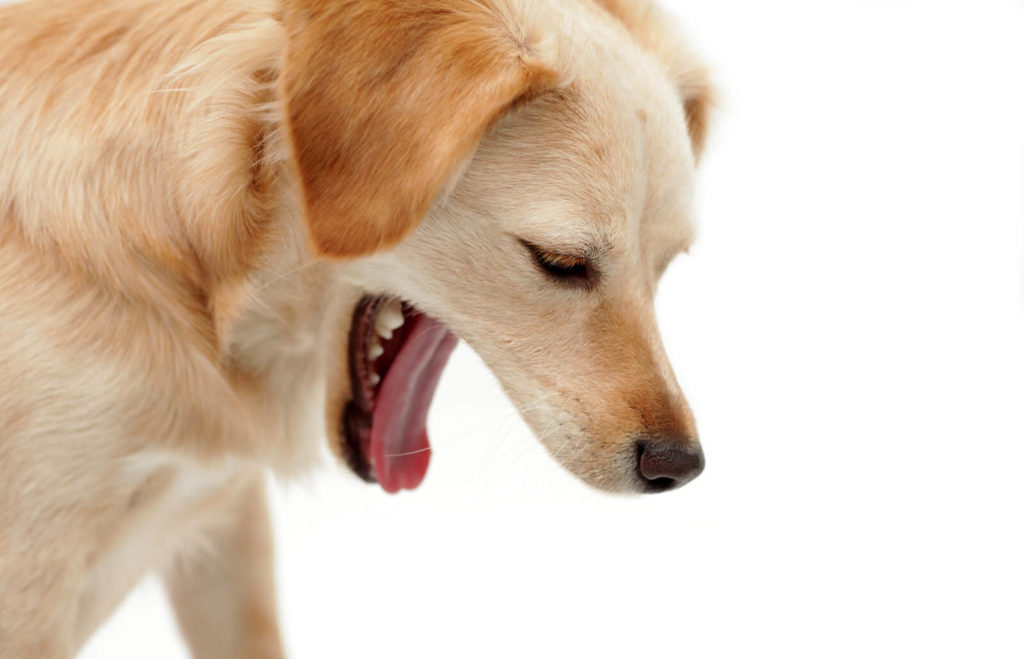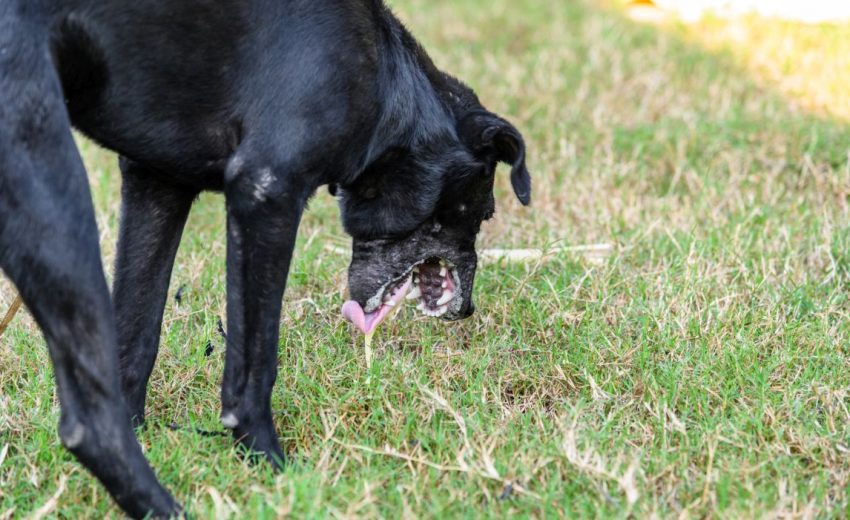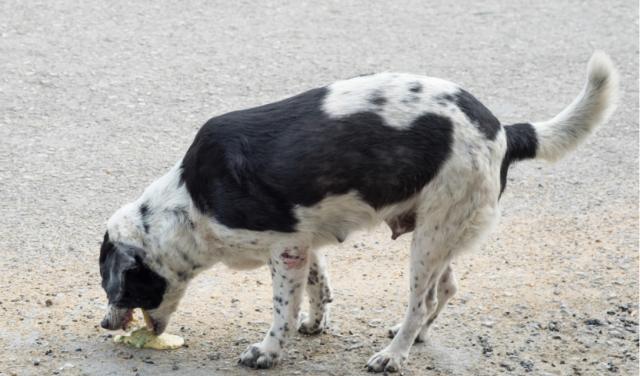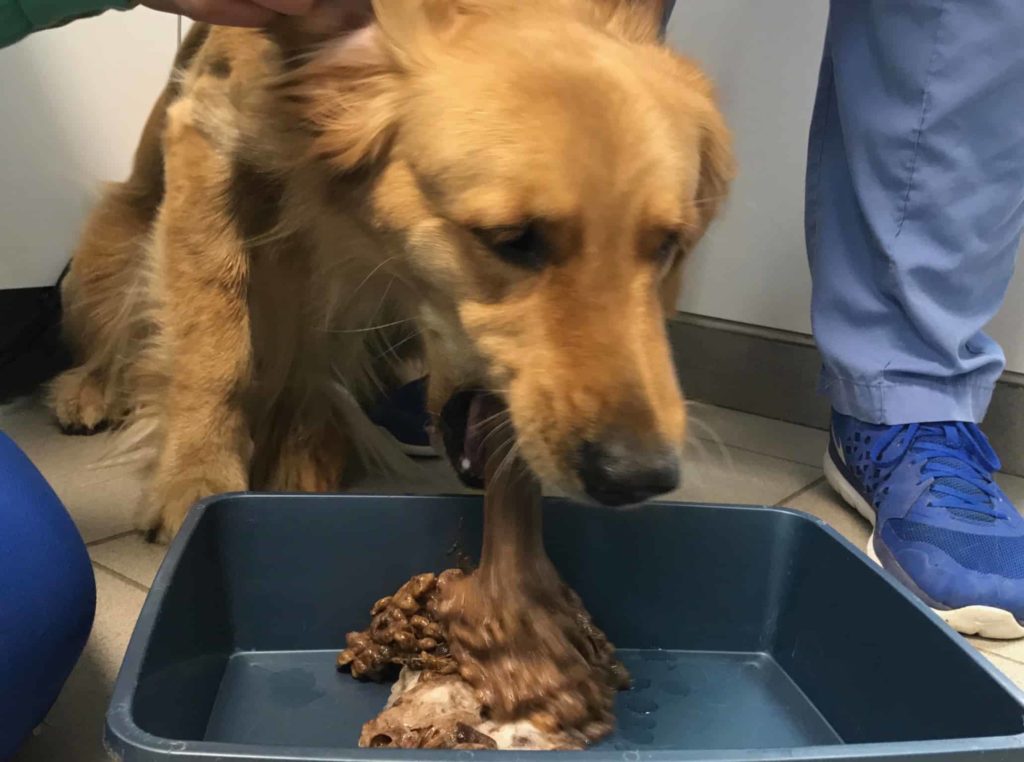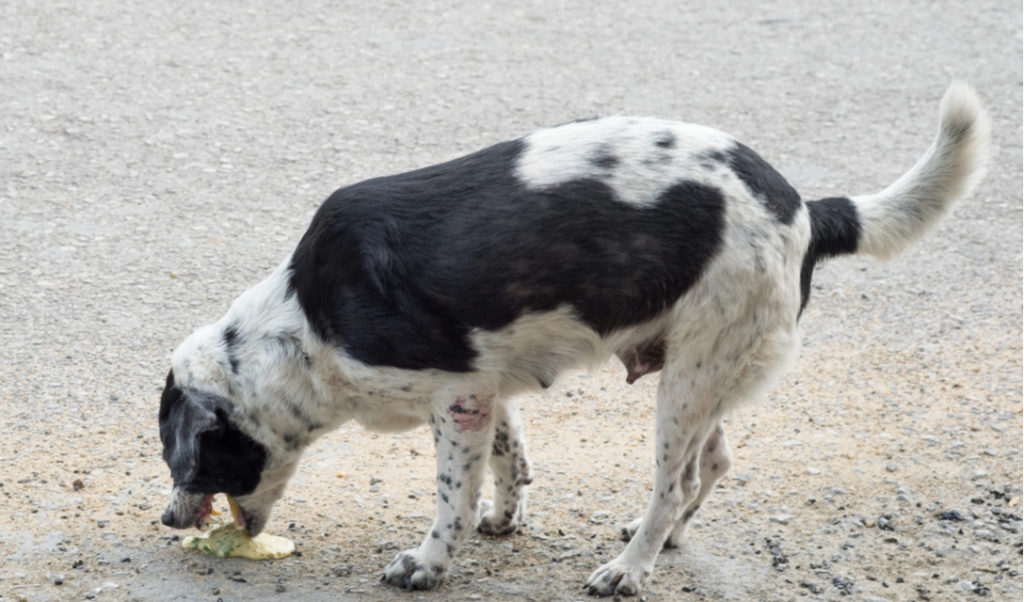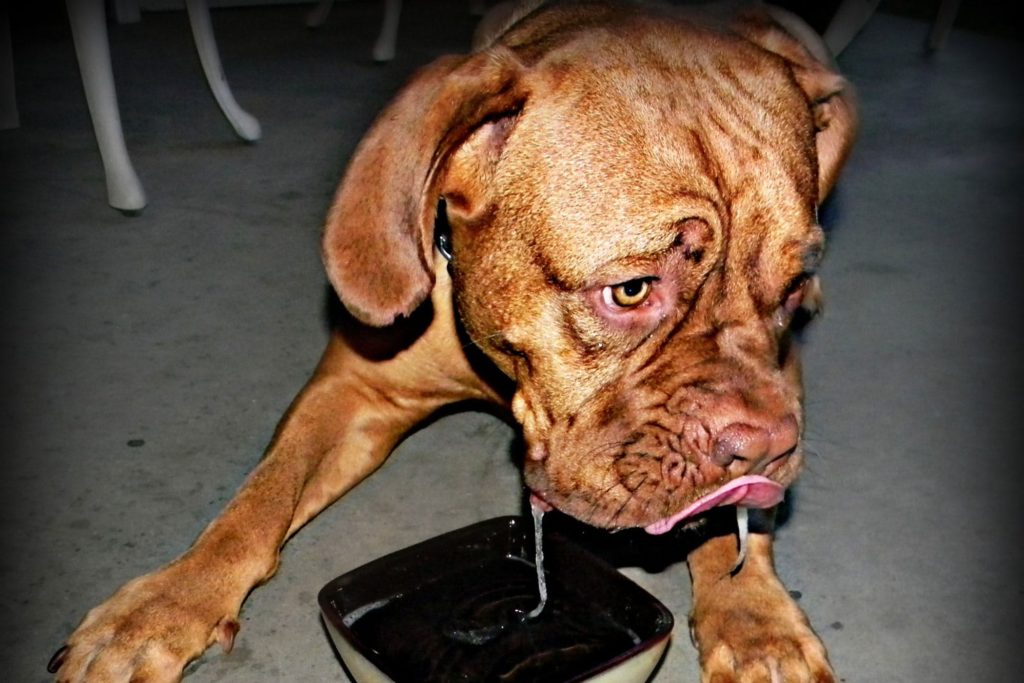Vomiting in cats is a common early indicator of the disease, so don’t ignore this significant change in your cat’s health. Hairballs are common in cats due to their meticulous grooming habits, but vomiting that isn’t connected to hairballs is a sign of a medical problem. Cats frequently vomit, although it is never normal for them to do so.
That said, it isn’t always something that needs to be addressed, and the cat doesn’t have to be rushed to the vet every time she vomits. It’s recommended to consult your veterinarian if your cat vomits many times each day or if you detect an increase in the frequency of vomiting.
Chronic and acute vomiting are the two types of vomiting that can occur in cats. Chronic vomiting is defined as vomiting on a monthly basis, although it can also occur daily for a lengthy period of time. Each time the cat vomits, it usually only does so once or twice. The acute kind occurs when a cat that normally does not vomit starts vomiting.
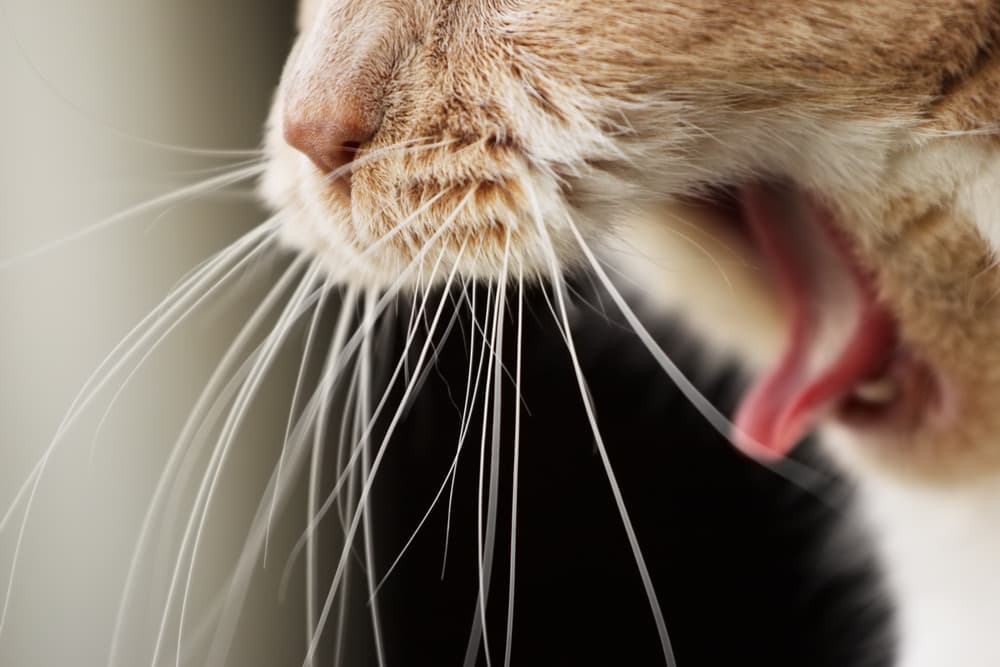
Waiting to obtain treatment for cats that are constantly vomiting and not eating can lead to a variety of complications, the most serious of which is a liver illness. Most episodes of acute vomiting that last less than two to three days recover promptly with basic therapy without the need to diagnose the underlying cause. Vomiting that is severe or chronic is more dangerous. It can cause secondary issues like dehydration and electrolyte imbalances like sodium.
Vomiting in Cats and Regurgitation
Vomiting is the discharge of contents from the mouth, throat, and esophagus. Vomiting is the forceful expulsion of the stomach and upper intestinal contents. Vomiting is a procedure that requires active participation. Regurgitation occurs unexpectedly and quickly. The cat is normally fine one minute and then spits up without retching or heaving the next.
Causes of Vomiting in Cats
Many causes of cat vomiting are minor and may even go away on their own, whilst others can be rather problematic.
The following are some of the most common causes of cat vomiting.
- Gastroenteritis is a fancy term for a stomach ache that can be caused by a variety of factors, including improper food, pollutants, or drug side effects.
- When cats lick themselves, their rough tongues rip loose hair off their coats and swallow it. Large amounts of hair can build up in the stomach and become difficult to digest, causing the cat to vomit a hairball.
- If your cat swallows foreign material, the GI tract may become blocked and damaged, resulting in vomiting.
- Cats rarely get allergies, but when they do, the inflammation of the digestive tract that happens when the cat eats a trigger meal can cause vomiting.
- Chronic conditions include kidney disease, pancreatitis, and hyperthyroidism can all produce nausea and chronic vomiting.
- In cats, cancers of the digestive tract are fairly prevalent, and they can cause vomiting by disrupting normal digestion.
- The most common cause of vomiting in kittens is a parasite infestation, but it can affect animals of any age.

Diagnosis of Vomiting in Cats
The cause of vomiting in cats can be difficult to determine. Obtaining an accurate history is the first step in diagnosing the reason for vomiting. Even though the vomiting in cats is infrequent and the cat appears to be healthy, more diagnostic testing may be required in cases of chronic vomiting or when the cat has been vomiting for more than two to three weeks. In these situations, the underlying reason must be identified in order to properly treat the problem. The following are some of the more regularly utilized tests:
- Blood tests can reveal signs of infections, kidney and liver disorders, thyroid illness, or diabetes, as well as other signals that can lead to a diagnosis.
- X-rays of the esophagus or stomach may reveal abnormalities. Barium may be given to help identify any blockages, tumors, ulcers, foreign things, and so on.
- The stomach and intestines can also be viewed via ultrasound. Ultrasound can detect blockages or obstructions, cancers, and inflammation in the stomach or intestinal lining.
- In some situations, endoscopy, which involves examining the inside of the stomach through an endoscope, can provide a diagnosis or be used to obtain biopsy samples.
- In some circumstances, a laparotomy, or exploratory surgery, is required, especially if an obstruction or blockage is suspected or if biopsy samples are needed. Laparotomy can be used for both diagnostic and therapeutic purposes.
Treatment of Vomiting in Cats

The treatment for vomiting in cats varies widely depending on the cause, and it is beyond the scope of this resource to describe the treatment for each unique cause. However, we can make some therapeutic generalizations.
- Even if an animal is not clinically dehydrated, delivering fluids to flush the system and maintain hydration might be beneficial. Because of the fluid loss from vomiting and failure to keep fluids down, a vomiting patient is likely dehydrated.
- Antiemetic medicine, which can help stop vomiting and hence reduce fluid loss, is another popular treatment for most types of vomiting. These medications can also help alleviate gastrointestinal pain and encourage the cat to eat.
- Dietary changes are one of the most essential treatments. If the new food stops the vomiting in cats, it was likely caused in part by food intolerance or allergy, or low-grade inflammatory bowel illness. If the vomiting in cats is caused by an underlying food allergy or inflammatory bowel illness, your cat may require a diet adjustment or perhaps a prescription diet.
RECOMMENDED ARTICLES
- Antifreeze In Cats – 12 Exclusive Symptoms, Causes, And Treatment
- Tumors In Cats – Causes, 10 Basic Symptoms, And Treatment
- Botflies In Cats – 6 Exclusive Life Cycle of Botflies, Symptoms And Treatment Plan
- Osteomyelitis In Cats – 8 Causes, Symptoms And an Amazing Treatment Plan
- Heartworms in Cats -10 Exclusive Signs and Symptoms And Treatment
If you like, Please share it. Sharing is usually caring.


